Snipe Camp: Serious Practice, Serious Fun
For those of us with real jobs and lives outside of sailing, practicing always seems like the first thing to fall off our schedule when life interferes. After all, regattas are scheduled for us, so we have to go. Setting up a practice session or two is a lot of work. Why bother? The trick is to make the practice fun too, and that’s where Snipe Camp excels.
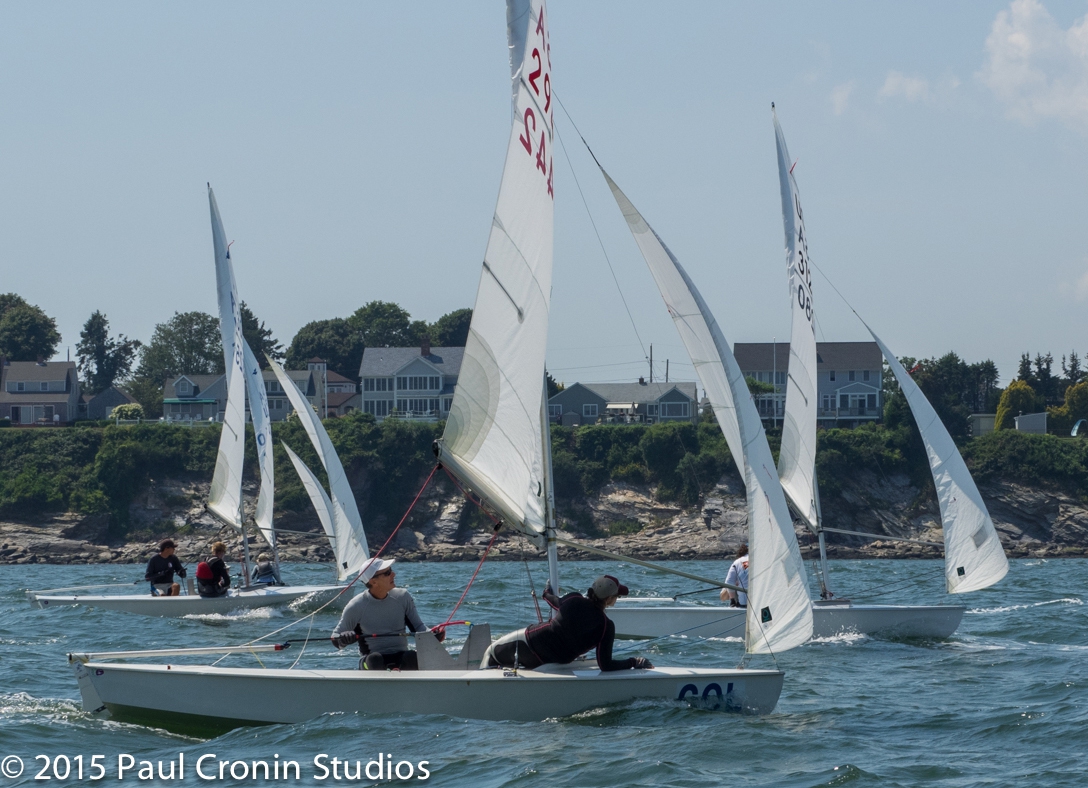

For those of us with real jobs and lives outside of sailing, practicing always seems like the first thing to fall off our schedule when life interferes. After all, regattas are scheduled for us, so we have to go. Setting up a practice session or two is a lot of work. Why bother?
The trick is to make the practice fun too, and that’s where Snipe Camp excels.
Born in 2014 out of the weeklong gap between Women’s Nationals and the North Americans, which both took place in Boston during the dog-days of August, Snipe Camp has now had three successful sessions over two years. Though the people and focus varied, the weather (especially when Kerry O’Brien was in charge) was perfect. For New England, that makes it worth the effort all by itself.
The basic approach is to pick a weekend, gather a group of good Snipe sailors, add a coach boat/driver/coach, work out a plan each day before leaving the dock, and then go sailing. Sessions lasted anywhere from 2-4 hours. Speed lineups are mixed in with short course racing, reaching, and starting practice.
The result? When combined with the dependable breeze of Narragansett Bay, everyone went home satisfied and smiling.
After three different sessions, I’m starting to see a pattern in what makes this approach to practice so much fun. Here are some lessons learned so far:
1. Make the logistics easy. In 2014, the boat park was about a half hour from our housing. For 2015, we chose to sail out of a closer venue, which minimized the travel time and allowed us to focus on the two real goals: Serious Sailing and Serious Fun.
2. Bring a support boat. Whether you’re focusing on boat handling drills, video, speed work, or short races, having a set of eyes (or even two) outside the boat is invaluable.
3. Bring in the best coach available. Split over several teams, the cost is going to be quickly paid back in spades with the feedback received.
4. Four to six boats is the right sized group. Three works, but four gives you a better sense of your speed relative to a group (rather than relative to one or two other boats who may be having a bad day). More than six becomes too large a group to manage easily.
5. Set a schedule and stick to it. Show up ready to go, just as you would for a big regatta, and don’t expect the group to wait if you’re late.
6. Brief before sailing: What are the goals for the day, how long are we going sailing, and what drills are we going to do? Make sure everyone understands the plan, since it will be much easier to communicate standing around the boat park than from separate boats.
7. Use good sails and tune to your best settings, just as you would for a big regatta. Otherwise you will blame bad speed on bad equipment/settings, which is a waste of everyone’s time (not just yours). The faster you go, the more you help the group get faster.
8. Minimize the time wasted getting lined up for speed testing. The goal is to be even with the boats either side of you at the beginning of the lineup. Getting lined up quickly (rather than sailing along, waiting for someone else to line up with you) is a great way to practice speed and acceleration control. No one is learning anything until the boats are even, or if they get too far apart after a few minutes of sailing. Or if the windward boat is on the leeward boat’s wind. The perfect tuning line-up has the windward skipper looking across at the next boat to leeward’s transom.
9. In the hands of amateurs, video (even phone video) is more useful than photos, because you can’t help but get something useful in the video streams. The best shots come from starting the video from slightly to leeward and behind the leeward-most boat in the line-up, to capture the slot and the look of each boat’s leeches from behind. Then move to windward in an arc around the boats. Your second stop is directly to windward, to video the group’s crew movements and mast bends fore and aft. The final position is from far ahead, idling across bows (with minimum wake) and getting everyone’s jib sag as they approach. Done! Start again.
10. Sail hard rather than long. It’s important to leave time for debriefing, as well as socializing and eating well. A concentrated 2-3 hour sailing session is ideal, especially if you have time to take a break and do another 2 hour session later that day.
11. Verbally debrief on land very soon after you get in. You’ll be too tired in the evening for both a verbal debrief and video. Lessons learned? What worked well, and things to work on the next day? Everyone should have a chance to speak up.
12. Make a plan up front for food or beverages. Everyone will be tired when they come off the water, but it’s important to have a good meal without overtaxing anyone. Our solution was to share the dinner burdens and cook at the house every night. In a different setting, going out might make more sense. Either way, it’s a very important part of what we all took away: the memories and laughs (and good wine, thanks to Peter and Andy) that we shared after sailing.
13. After dinner, watch video and discuss, go to bed, wake up the next morning, and do it all over again.
14. One general rule: Less is More. Don’t try to schedule too much. Two well-planned hours at the practice site can be plenty, and over four hours straight practicing probably isn’t good for anything.
15. The following week, debrief the weekend by email, and plan the next Snipe Camp!
For me, intense practice sessions like this are a luxury. We have the chance to try stuff, to do stuff we would never do in a regatta, knowing that the boat next to us in the lineup will slow up and wait if it doesn’t work out. The Snipe is a very personal boat to sail, with so many controls and so many different weight/crew combinations, and it takes a long time to figure out what works best for each team. The best way to do that is with an intense practice session like Snipe Camp.
Now I have to say, sailing Snipes hard for three days with no trophy or other tangible reward at the end might not be for everyone. There are easier, less tiring ways to spend a long weekend. But for those of us who are trying to get better at sailing these quirky boats, it’s a bit like the Magic Kingdom: full of wonder and possibility. With a little bit of organization and some friends, you could run one too.
Photo: Paul Cronin Studios
Leave a reply
Your email address will not be published. Your comment will be revised by the site if needed.


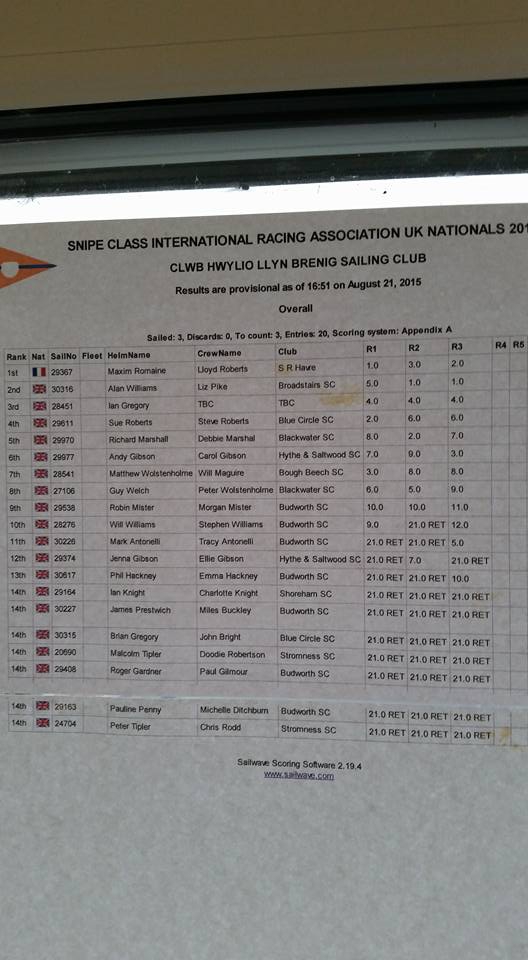
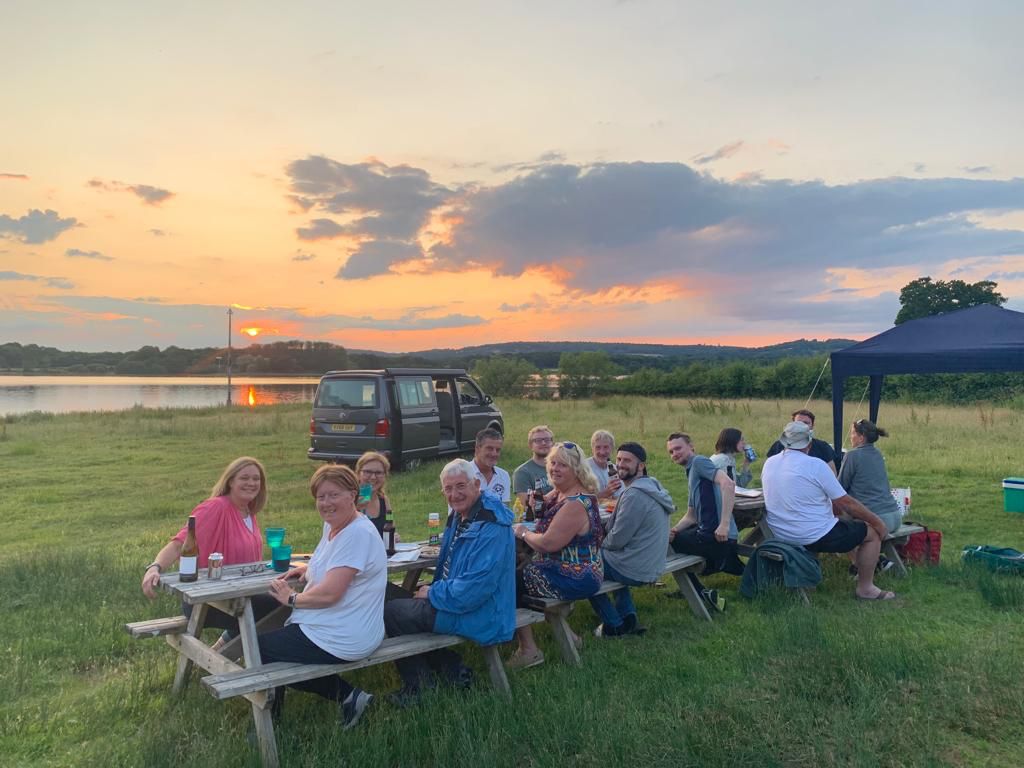
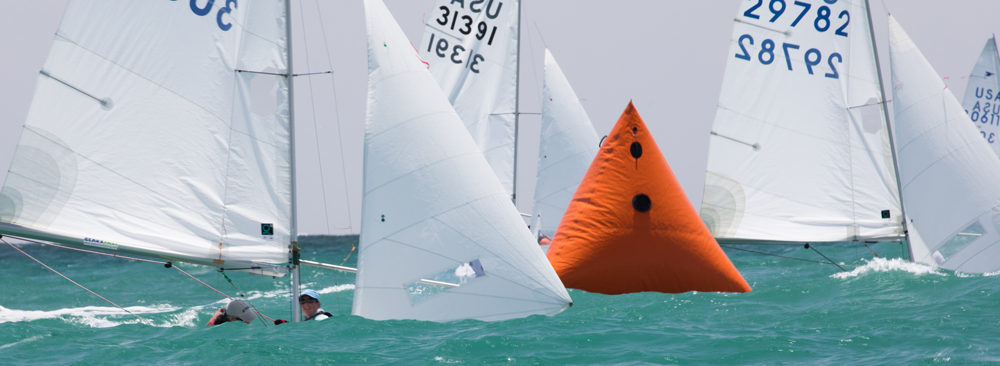
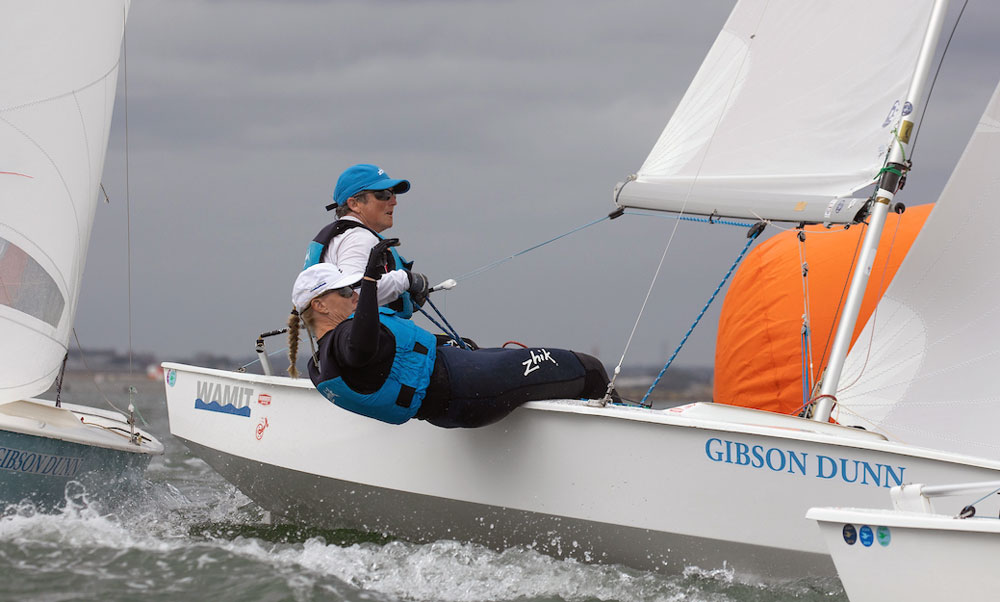
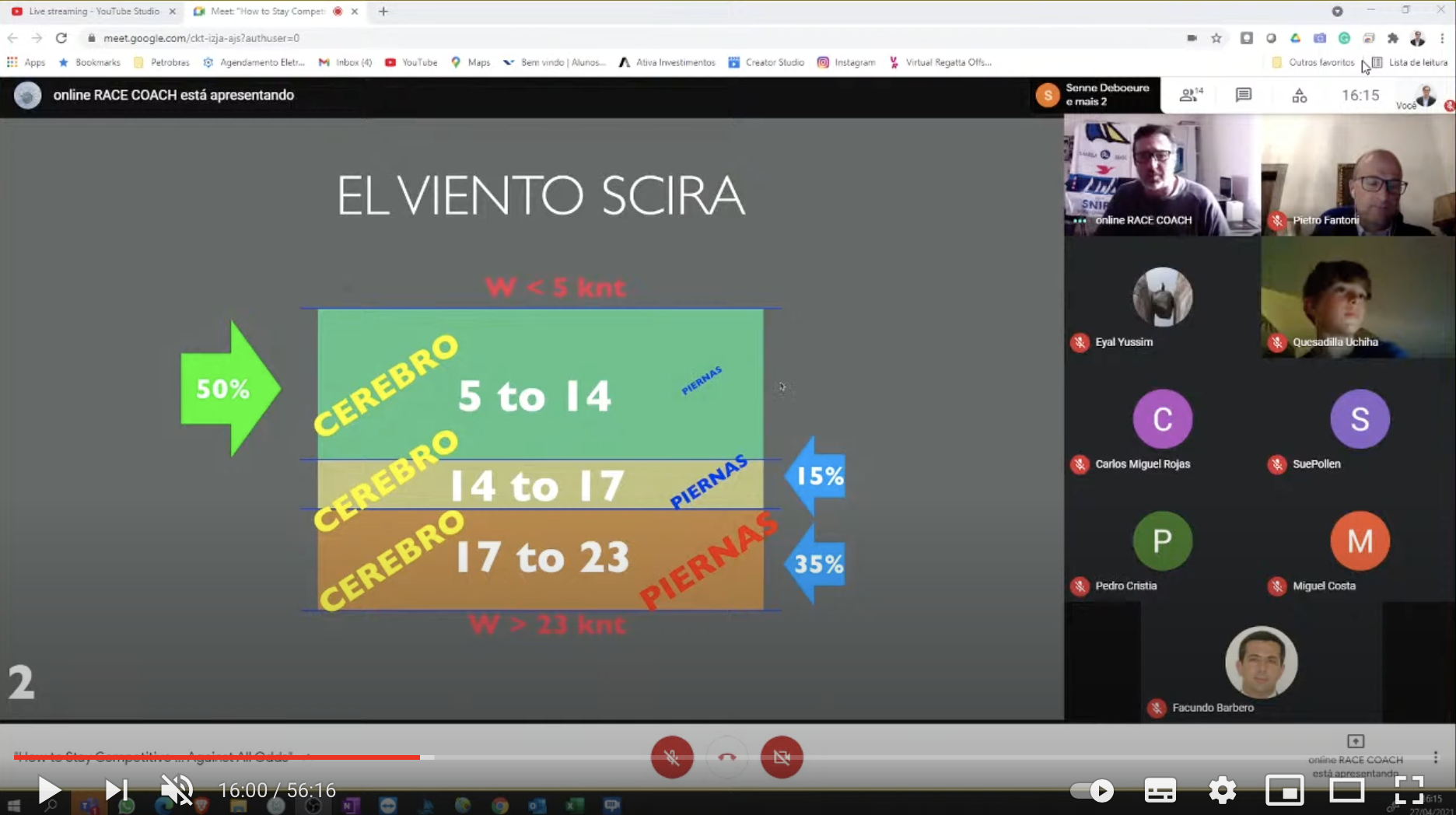
0 comments